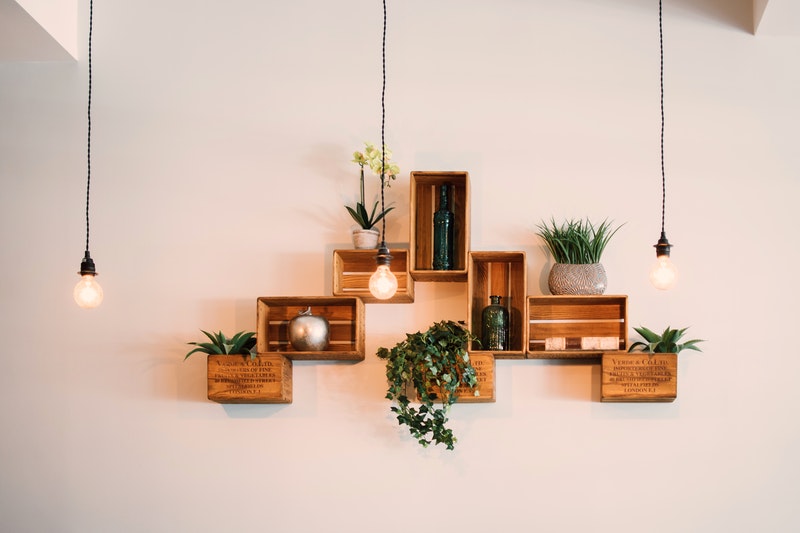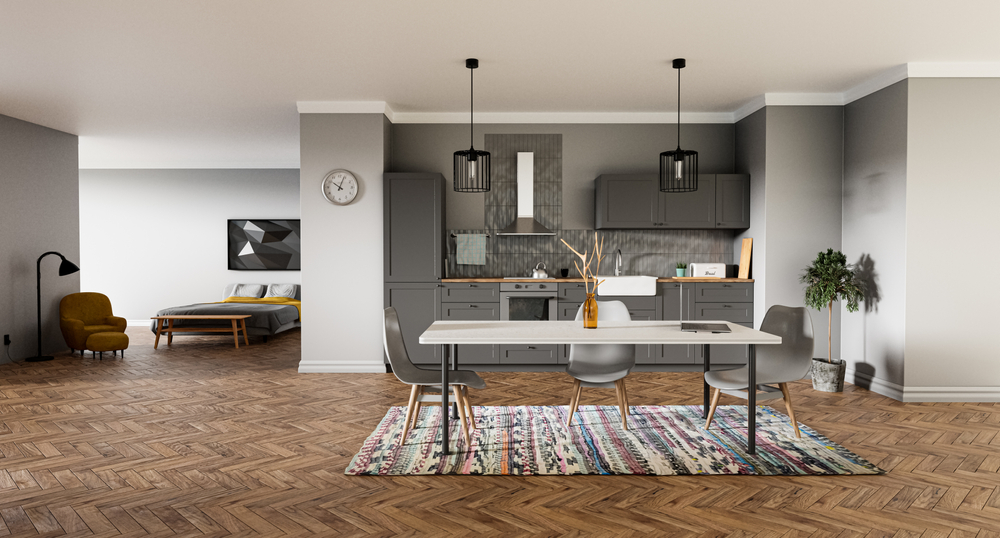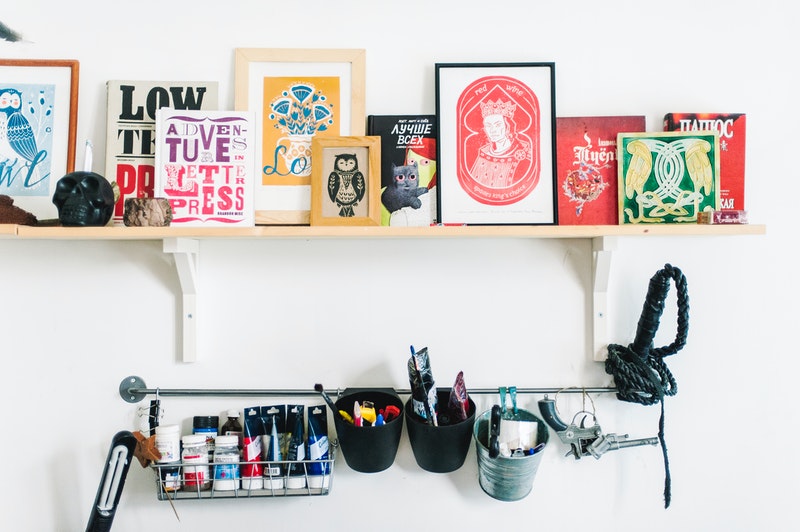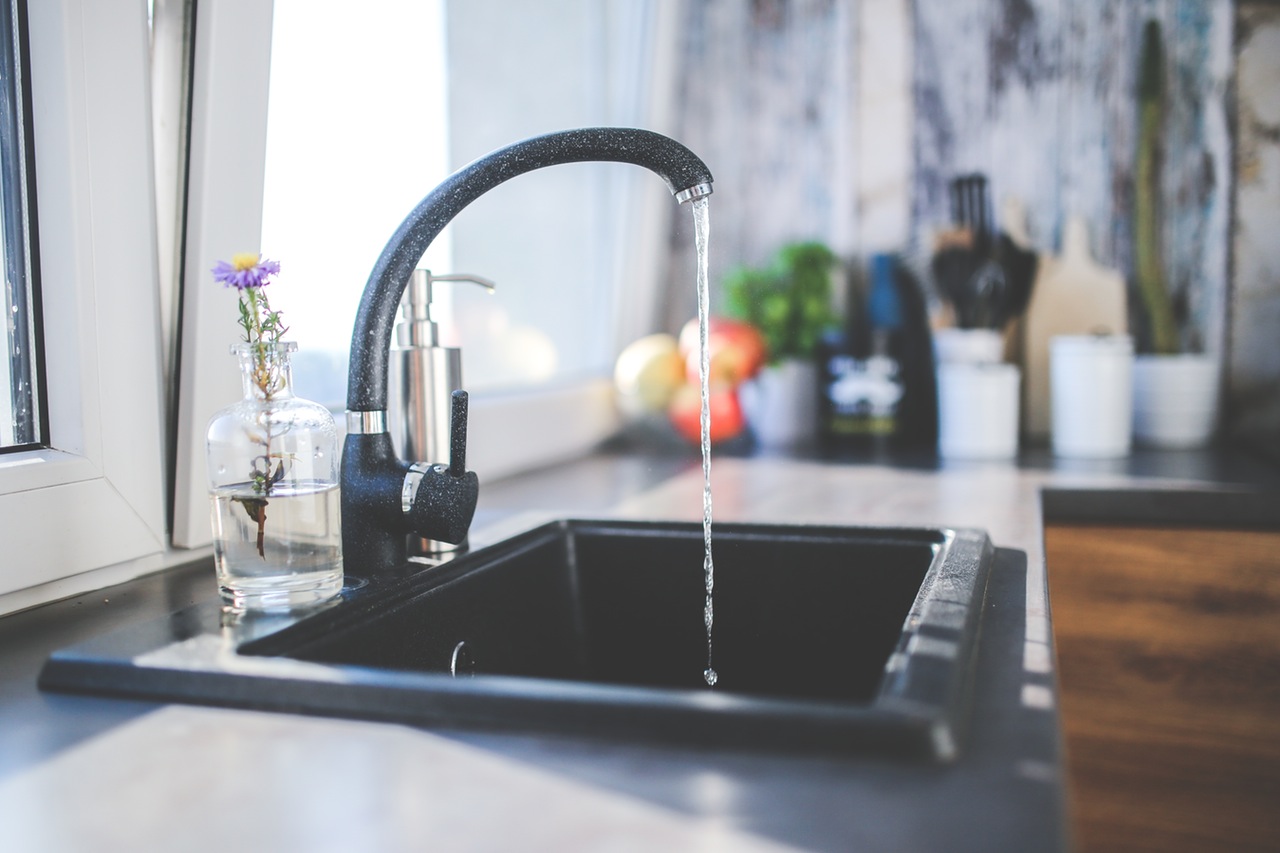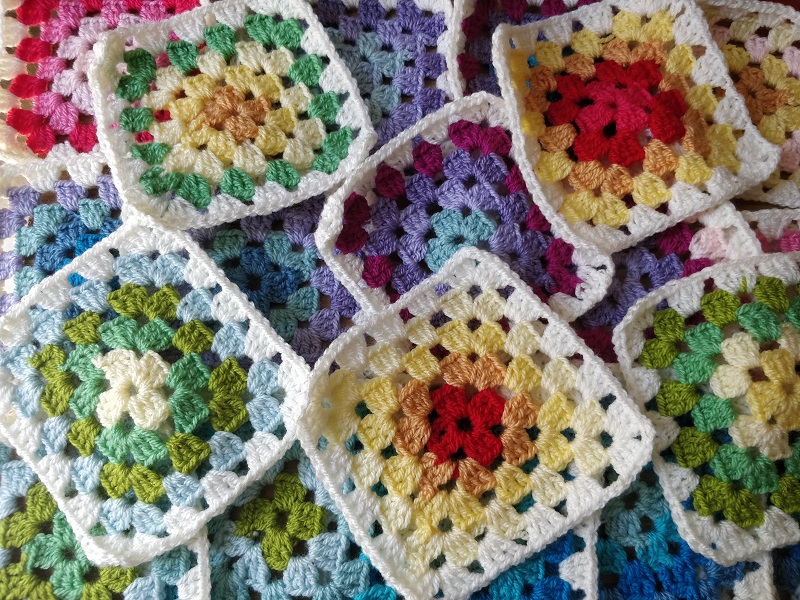Smart Ways to Use Every Corner of a Small Garden
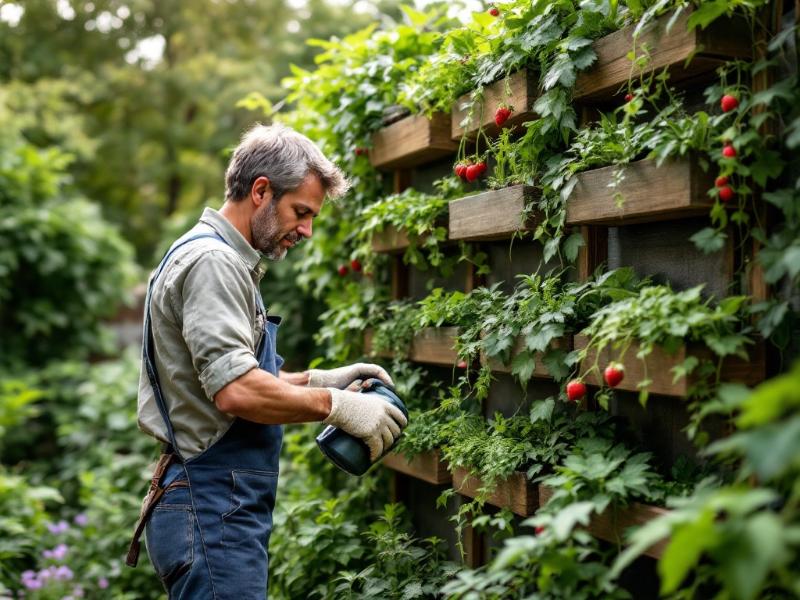
Having a small garden doesn’t mean you have to compromise on beauty or functionality. With thoughtful planning, even the most compact outdoor spaces can feel spacious and inviting. The key is to maximise every inch, using clever design techniques and space-saving solutions that enhance both practicality and aesthetics.
By choosing the right layout, features, and materials, you can create a garden that feels open and organised, rather than cluttered. From vertical planting to multi-purpose furniture, there are plenty of ways to make the most of a limited outdoor area.
Making Use of Vertical Space
When ground space is limited, thinking upwards is one of the best ways to maximise your garden. Vertical gardening allows you to grow more plants without overcrowding your space, making it ideal for small courtyards, patios, or compact backyards.
Trellises and wall-mounted planters are excellent options for growing climbing plants such as ivy, jasmine, or clematis, while hanging baskets can bring colour to fences and pergolas. Shelving units with potted herbs or flowers also work well for adding greenery without taking up valuable ground space.
If you want a more structured look, living walls made from modular planters or pallet gardens can create an eye-catching display while providing additional growing space. Not only do these methods make the garden more efficient, but they also add depth and texture, making the area feel larger.
Choosing Multi-Purpose Features
Maximising a small garden means selecting features that serve more than one function. Multi-purpose furniture and storage solutions help keep the space organised while ensuring it remains visually appealing.
For seating, benches with built-in storage provide a place to relax while also offering a spot to store gardening tools, cushions, or even potted plants. Foldable tables and stackable chairs are also great options, allowing flexibility when needed.
Raised beds with integrated seating can combine practicality with aesthetics, giving you a dedicated space for plants while offering a comfortable area to sit. Similarly, garden dividers, such as wooden panels or lattice screens, can be used to section off areas for dining or relaxation without making the space feel closed in.
A simple way to compare space-saving garden features is through the table below:
| Feature | Purpose | Best For |
| Trellis with planters | Vertical gardening and privacy | Small patios and balconies |
| Foldable furniture | Saves space when not in use | Compact dining areas |
| Bench with storage | Seating and hidden storage | Courtyards and smaller backyards |
| Raised beds with seats | Growing plants while adding seating | Multi-functional garden spaces |
| Hanging baskets | Adds greenery without using floor space | Balconies and narrow pathways |
These clever additions ensure that every part of the garden is utilised without feeling cramped.
Creating a Dedicated Growing Area
A structured growing area helps bring order to a small garden while maximising the available planting space. Even in compact gardens, having a dedicated area for growing vegetables, herbs, or flowers ensures that plants thrive without taking over the entire space.
For year-round gardening, wooden greenhouses provide a practical solution. They offer shelter for plants, extend the growing season, and create an ideal environment for delicate crops. A well-chosen greenhouse not only serves a functional purpose but can also complement the overall design of a small garden.
Choosing the right materials is just as important as finding the perfect spot. Wooden structures blend seamlessly into natural surroundings, adding charm without looking out of place. Whether positioned in a corner or along a garden border, a greenhouse can be an efficient yet beautiful addition to a small outdoor space.
Incorporating Smart Lighting and Pathways
Lighting plays a crucial role in making a small garden feel more open and inviting, especially in the evening. Well-placed lights can highlight key features, create depth, and make the space feel larger than it actually is.
Solar-powered lights are a great option for small gardens as they require no wiring and can be placed along pathways, around seating areas, or within flower beds. String lights draped over pergolas or along fences add a cosy atmosphere, while recessed lights in decking or paving create a sleek, modern look.
Pathways, even in small gardens, help define different areas and create a sense of direction. Using stepping stones, gravel, or narrow brick paths can add structure while keeping the space open. Opting for lighter-coloured paving can also help reflect light and make the garden appear bigger.
Using Borders and Layers to Add Depth
A clever way to maximise space in a small garden is by layering plants and using borders to create depth. Instead of having everything at one level, incorporating different heights makes the garden feel more spacious and visually interesting.
Raised beds or tiered planters allow for structured planting, making it easier to grow a variety of flowers, herbs, or vegetables without taking up too much space. Taller plants, such as small trees or ornamental grasses, can be positioned at the back, with medium-sized shrubs in the middle and low-growing plants at the front.
Using curved borders or staggered planting also tricks the eye into perceiving more depth. Even in the smallest of spaces, a thoughtful layout can create the illusion of a bigger garden while ensuring every part of it is used efficiently.
